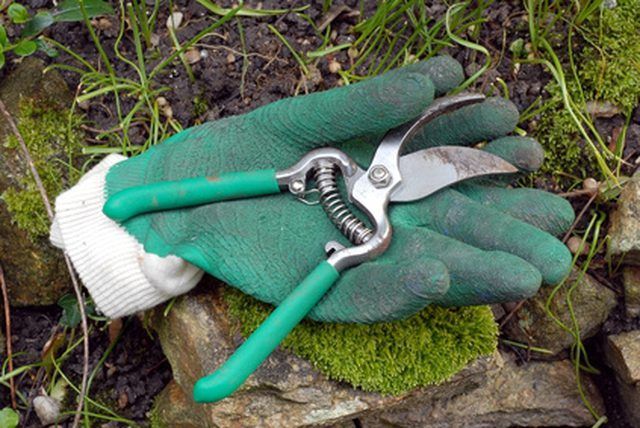Bulbs
Flower Basics
Flower Beds & Specialty Gardens
Flower Garden
Garden Furniture
Garden Gnomes
Garden Seeds
Garden Sheds
Garden Statues
Garden Tools & Supplies
Gardening Basics
Green & Organic
Groundcovers & Vines
Growing Annuals
Growing Basil
Growing Beans
Growing Berries
Growing Blueberries
Growing Cactus
Growing Corn
Growing Cotton
Growing Edibles
Growing Flowers
Growing Garlic
Growing Grapes
Growing Grass
Growing Herbs
Growing Jasmine
Growing Mint
Growing Mushrooms
Orchids
Growing Peanuts
Growing Perennials
Growing Plants
Growing Rosemary
Growing Roses
Growing Strawberries
Growing Sunflowers
Growing Thyme
Growing Tomatoes
Growing Tulips
Growing Vegetables
Herb Basics
Herb Garden
Indoor Growing
Landscaping Basics
Landscaping Patios
Landscaping Plants
Landscaping Shrubs
Landscaping Trees
Landscaping Walks & Pathways
Lawn Basics
Lawn Maintenance
Lawn Mowers
Lawn Ornaments
Lawn Planting
Lawn Tools
Outdoor Growing
Overall Landscape Planning
Pests, Weeds & Problems
Plant Basics
Rock Garden
Rose Garden
Shrubs
Soil
Specialty Gardens
Trees
Vegetable Garden
Yard Maintenance
How to Eliminate Weeds in Asian Jasmine
How to Eliminate Weeds in Asian Jasmine. On steep slopes that are difficult to mow, or in areas where grass won't grow, Asian or Asiatic Jasmine, also known as Jasmine Minima, is an ideal alternative. With deep green color and low-growing form, it creates a lush ground cover. Asian Jasmine has tiny leaves that grow on woody stems and, compared to...

On steep slopes that are difficult to mow, or in areas where grass won't grow, Asian or Asiatic Jasmine, also known as Jasmine Minima, is an ideal alternative. With deep green color and low-growing form, it creates a lush ground cover. Asian Jasmine has tiny leaves that grow on woody stems and, compared to grass, is low maintenance. When it's well established, weeds are not a significant problem in Asian Jasmine. When they do appear, be prepared with some simple strategies.
Things You'll Need
Lawn mower
Fertilizer
Water
Gloves
Pruners
Glyphosate herbicide
Garden sprayer
Water Asian Jasmine monthly during extreme droughts; otherwise, rely on normal rainfall. Apply 1 pound of nitrogen per 1,000 square feet two or three times yearly until Asian Jasmine is well established; afterward, fertilize once yearly in early spring. Mow at a height of 3 or 4 inches in late winter to promote air circulation and discourage disease in Asian Jasmine. This proper care will prompt Asian Jasmine to form a dense mat that will discourage the growth of weeds.
Pull young weeds by hand as soon as they appear in Asian Jasmine to prevent them from gaining a foothold and multiplying. A good pair of garden gloves are a necessity for this chore, and a pair of hand pruners are helpful for removing tree seedlings.
Spray Asian Jasmine with a garden sprayer filled with a glyphosate herbicide
(such as Roundup) mixed according to package directions. Glyphosate is not effective against woody plants such as Asian Jasmine, although it will likely burn any young, tender foliage. It will however, kill the weeds growing within the Asian Jasmine. If you're concerned about harming the Asian Jasmine, test spray a small area that contains weeds and wait a day or two to see the results before continuing.